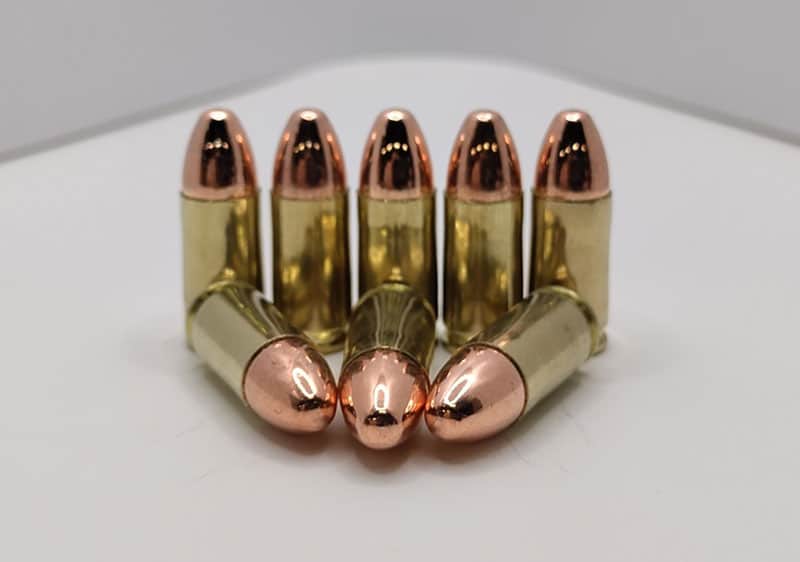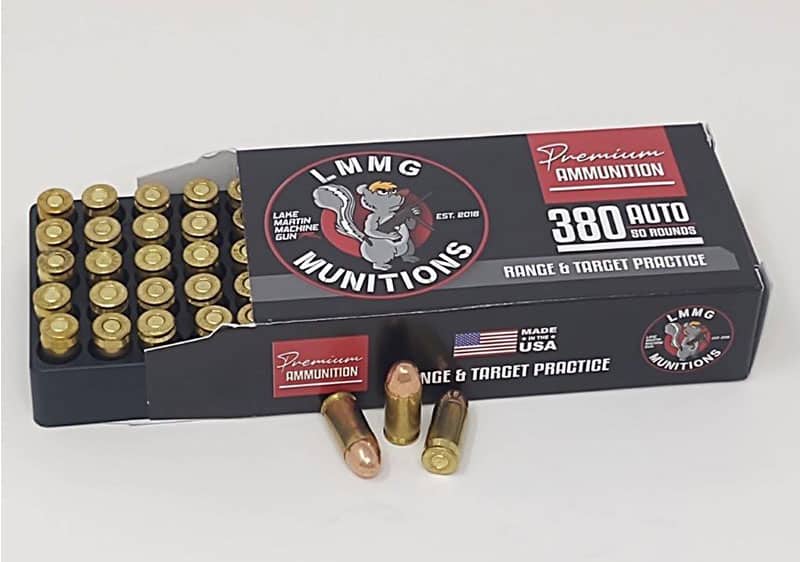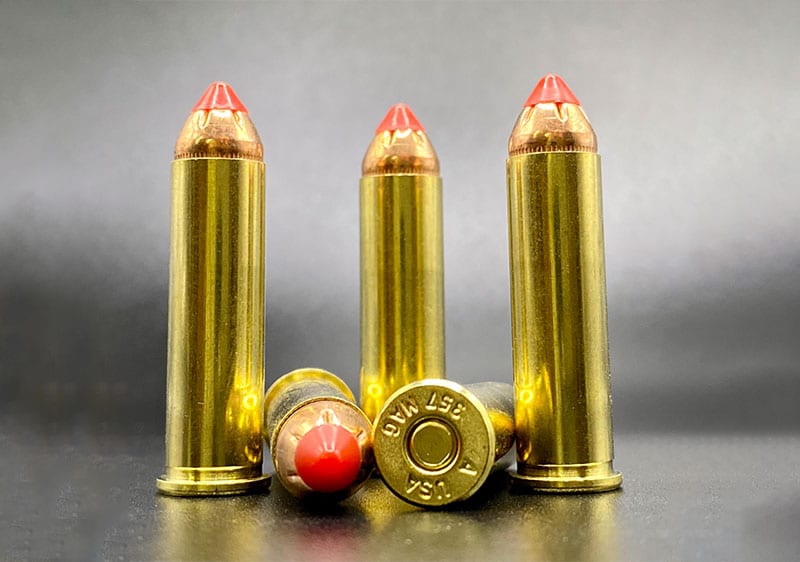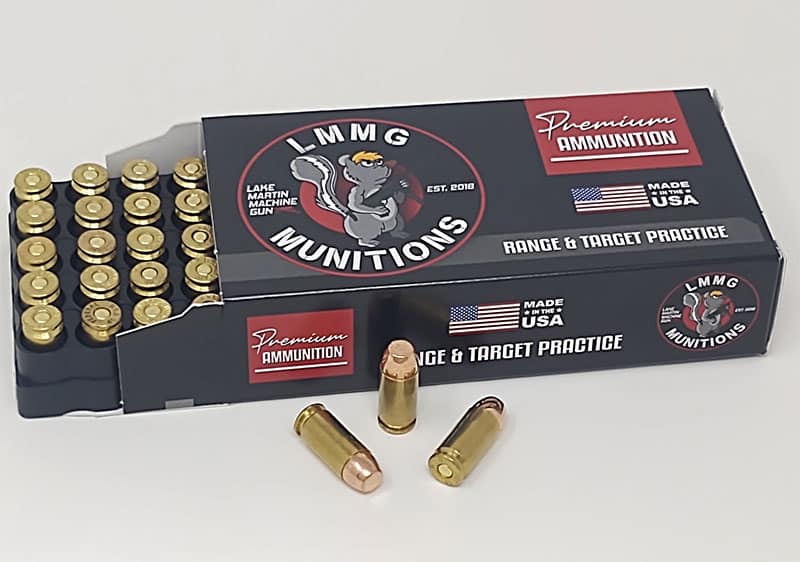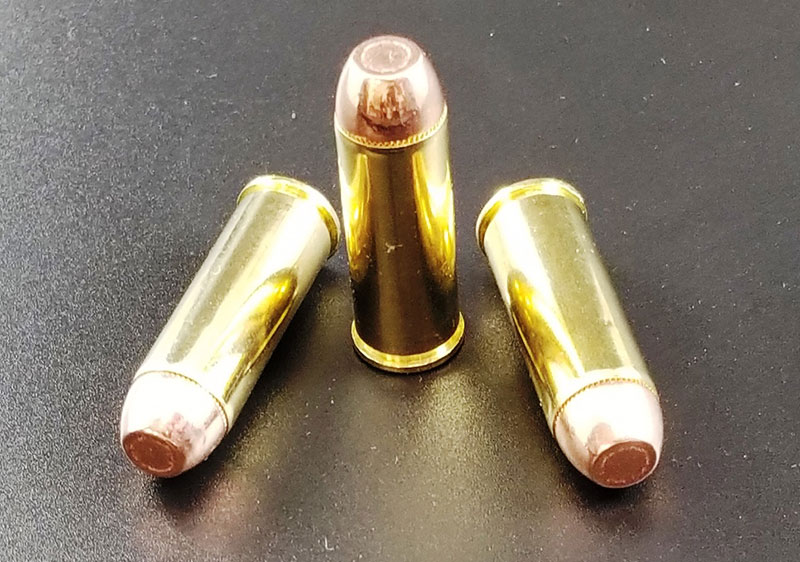It’s no secret that the debate over which handguns are best for self-defense can get pretty ugly. The truth is most gun owners are passionate about their own choice and will defend them whenever possible. While our input likely won’t settle this eternal argument, we do think it is essential to look at the question from a statistical position. If nothing else, this will be a good primer for someone who hasn’t yet decided and is looking for a little more guidance.
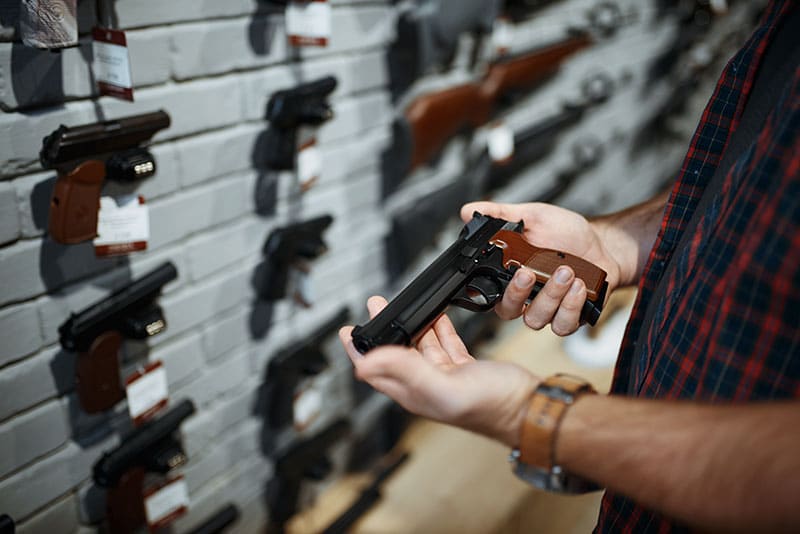
Popular Caliber Options for Self-Defense
Choosing a self-defense caliber is mainly up to personal preference. Many times, the characteristics that seem like advantages will require concessions to be made in other areas. For this reason, finding a balance between what you can comfortably carry, stopping power, and how well you shoot with that particular cartridge type is essential.
Some of the most popular self-defense calibers include:
Although the verdict was split on this cartridge type for self-defense for a long time, 9mm Luger cartridges have become one of the most popular self-defense calibers on the market. Modern 9mm ammunition has higher velocity, more expansion, and harder penetration than ever before; however, the recoil experienced can vary depending on the firearm used.
Another benefit of 9mm ammunition is that the cartridges are relatively affordable. That means you will be able to train more affordably, and the ammo used for everyday carry will also be easier to obtain at a lower price tag than many other calibers. This is something that most shooters will find very attractive when choosing their self-defense caliber.
Revolvers have been a popular and reliable self-defense firearm since the Wild West; however, .38 special cartridge types have drawbacks. One benefit of .38 special ammunition is that the recoil is incredibly manageable – making it an excellent cartridge for recoil-sensitive shooters. Although, this recoil can be increased when a snub nose is used.
While .38 special and 9mm ammo are the same calibers, .38 special cartridges are considered low velocity. These rounds inherently won’t have the same stopping power or penetration level. However, this does not mean that the round is insufficient for self-defense. Unfortunately, decreased demand for this cartridge has led to stuff price increases due to decreased production.
Initially introduced in 1908, .380 ACP ammunition is a reliable backup cartridge. Since these firearms tend to be ultra-compact, they often make great conceal carry options that serve as a sidekick for another EDC option. Unfortunately, this cartridge doesn’t have the power or speed many other modern options have, making it a weak contender for personal protection or home defense.
Like the previously mentioned calibers, .380 ACP and 9mm Luger are the same diameters. Although .380 ACP ammunition often lacks velocity compared to similar cartridges, the slower ejection speed can often also mean lower recoil. This makes it a decent companion for those seeking a manageable carry option with manageable recoil levels.
Introduced in the 1930s, .357 Magnum ammunition is arguably one of the most popular cartridge types of the 20th century. Modern shooters have opted for newer cartridge designs that work with semi-automatic pistols; however, this caliber still has a lot to offer in a self-defense situation. Since these revolved are generally too large to be suitable for concealment, they are typically used as sidearms.
While most people will assume that “Magnum” is associated with cartridges that provide a significant kick, the .357 Magnum will typically only have a little more recoil than a 9mm and a little less recoil than a .40 Smith & Wesson. This caliber provides a great deal of force that can increase tissue damage, pain, blood loss, and other factors crucial in a self-defense situation.
First arriving on the scene in 1940, .40 Smith & Wesson ammunition is often referred to as the “compromise cartridge.” This caliber was developed to meet the performance afforded by the FBI’s reduced velocity 10mm auto cartridge; however, the empty space was removed, the powder charge reduced, and the case length shortened to create the final cartridge.
There is no doubt that the .40 Smith & Wesson cartridge has a significant amount of recoil associated with it. While the weight of larger calibers like the .45 ACP can help control some of the recoil force that is generated, this is not a luxury that is afforded with the .40 S&W round. If chosen for self-defense, ensure you have perfected your firearm control.
During World War I and II, .45 ACP ammunition paired with the 1911 pistol were the preferred cartridge type. Not only has this proven to be a highly effective caliber in grueling conditions, but it also is one of the most reliable options available on the market. As expected, .45 ACP ammunition is potent, leading to a significant increase in recoil compared to other options on this list.
One of the biggest appeals for .45 ACP ammunition in a self-defense situation is the ability to cause more damage than smaller caliber types easily. This is often attributed to the ability of this cartridge to expand and create more significant wounds. One downside to these rounds is that they are often twice as expensive as 9mm ammo per round, making them a less popular option for most self-defense situations.


